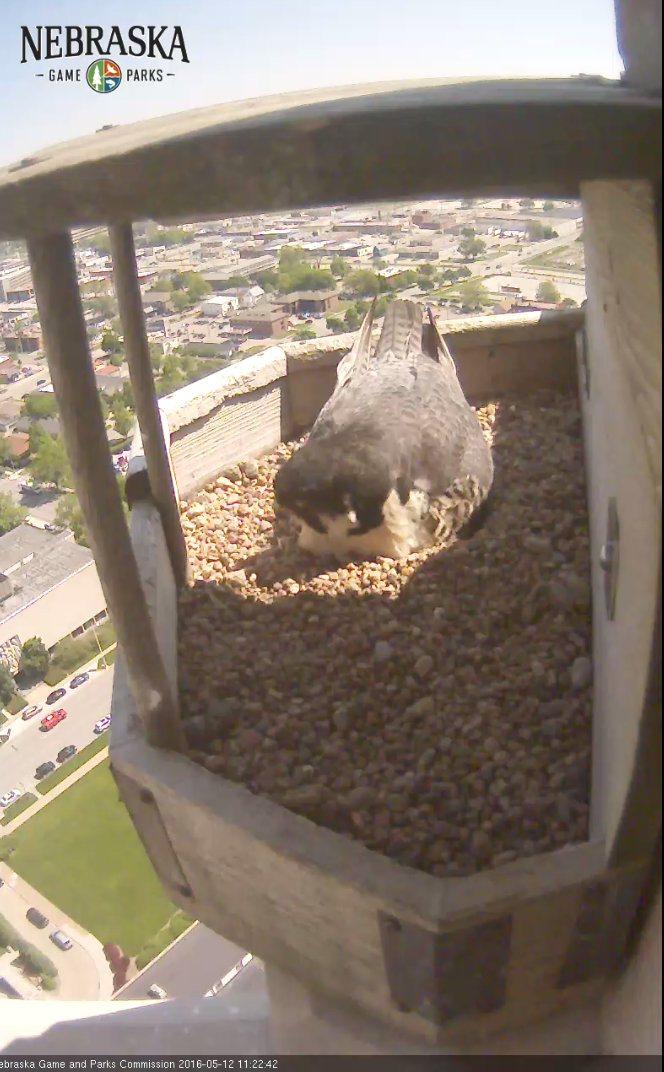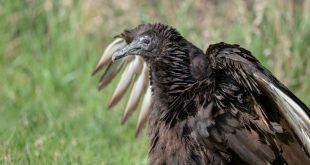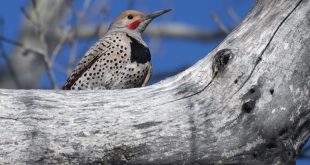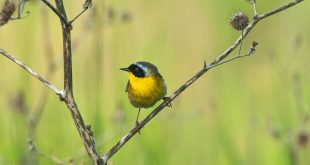So here we are on 12 May and there are no obvious signs either of the two remaining Peregrine Falcon eggs are hatching. I originally stated I expected hatching would commence and/or occur during 7-12 May. Over the weekend (7-8 May), the female disposed/ate three of the original five eggs (see this post and this post for more details). Ally, the female falcon, and occasionally the male have continued incubating the two eggs leaving hope that a fluffball would emerge from at least one of them. However, time is becoming a factor. The longer nothing happens, the likelihood nothing will happen increases. My original temporal estimation for hatching was off the cuff and was focused on when events might start, so perhaps a little more formal analysis would be informative at this juncture, while we wait. If you’ve been concerned this blog hasn’t been nerdy enough, keep reading.

So here I go estimating the probability an egg will hatch. Based on the information I have, individual eggs were laid on 2, 4, 6, 9 and 11 April. The incubation period for Peregrine Falcons is 33-35 days. I’ll assume there is an equal probability (0.33 or 33%) an egg will hatch on any one of these three days (day 33, 34 and 35) . The expected possible hatch dates for the individual eggs would be 4-6 May for the first egg, 6-8 May for the second egg, 8-10 May for the third, 11-13 May for the fourth egg and finally 13-15 May for the fourth egg laid. Hopes that at least one or two of the eggs hatch depends on whether one or both of the two remaining eggs was one of the last two eggs to be laid. The first egg laid was noticeably paler than the others and this was one of the three which was lost over the weekend. This improves our chances. If the observed egg loss was entirely random for the remaining four eggs, the probability that one of the remaining two eggs is one of the final two eggs laid is 0.25 or 25%. The probability both remaining eggs were the final two eggs laid is 0.08 or 8% (however, it is reasonable to believe the eggs that were lost were the earliest to be laid – this is a critical assumption). Another important consideration is the recent track record of hatching success by these birds. In 2014, two of five eggs hatched; the hatching success rate was therefore 0.40 (40%). Last year, one of four eggs hatched for a hatching success rate of 0.25 (25%). The average hatching success rate for egg the past two years is 0.33. I’ll use this figure for the final prediction even though the birds’ fertility may have continued to decrease this year.
To estimate the daily probability that at least one egg will hatch over the next few days, I will multiply the following probabilities: 1) probability one egg was one of the final two to be laid (0.25), 2) probability an egg is viable based on previous hatching success (0.33) and 3) probability an egg will hatch on any one day during the expected hatching interval (0.33). Based on my calculations, the probability an egg will hatch on any one day over the next several is as follows
- 12 May – 0.027 or approximately 3%
- 13 May – 0.054 or approximately 5%
- 14 May – 0.027 or approximately 3%
- 15 May – 0.027 or approximately 3%
- 16 May and after – 0.000 or 0%
The cumulative probability any egg will hatch this spring decreases each day and is as follows.
- 12 May – 0.136 or 14% (unfortunately, this means there is an 86% chance no egg will hatch this spring)
- 13 May – 0.109 or 11%
- 14 May – 0.054 or 5%
- 15 May – 0.027 or 3%
- 16 May and after – 0%
So there you have it. Those are the probabilities over the next few days that we’ll see a fluffball. If any one of the assumptions is wrong, the estimate will be off. However, it is safe to assume that with every passing day the probability an egg will hatch decreases. However, at least for now, there is still hope.
Good birding!
 Nebraskaland Magazine
Nebraskaland Magazine




